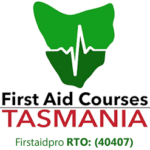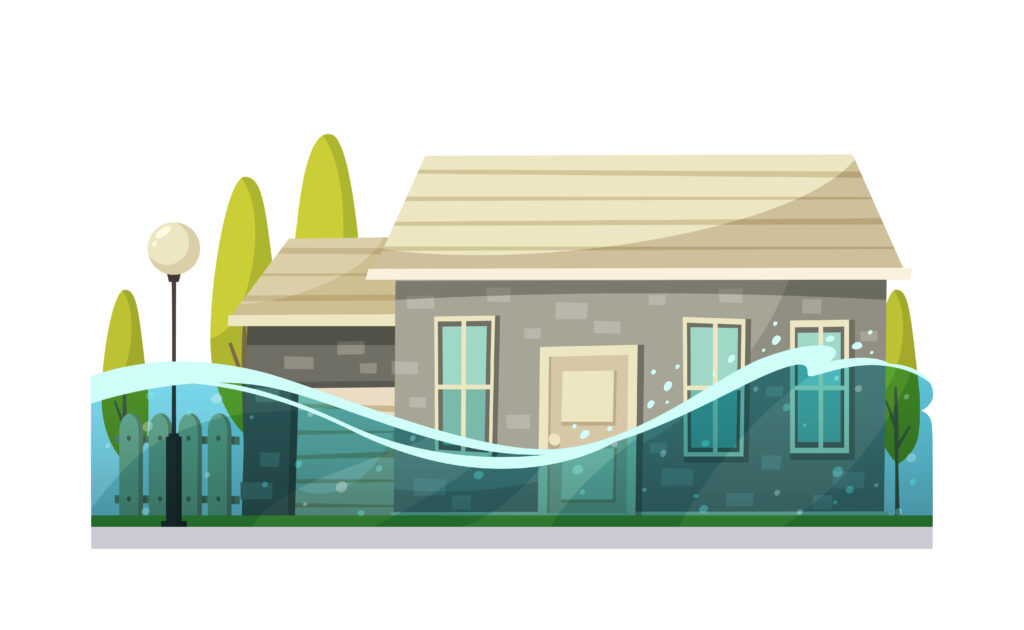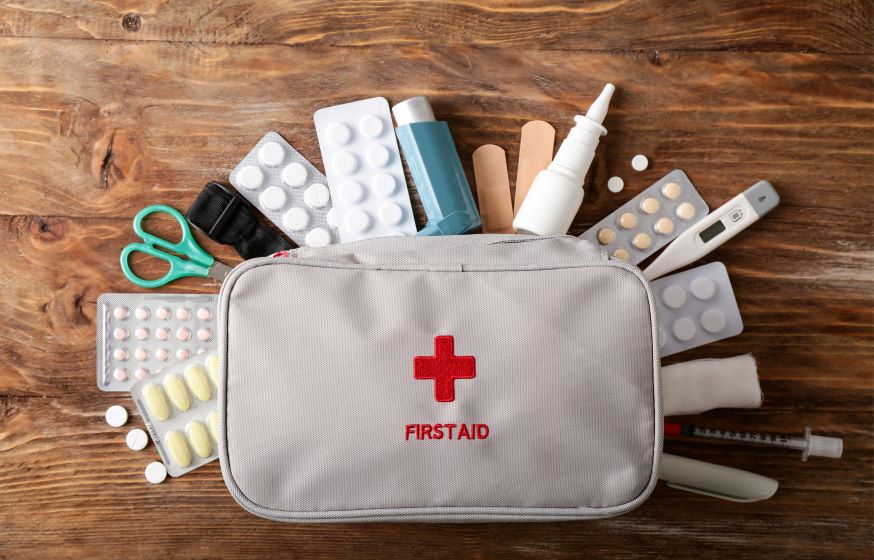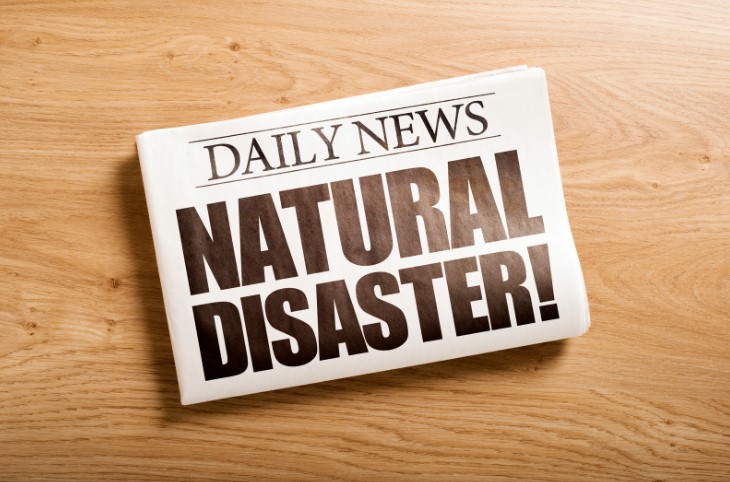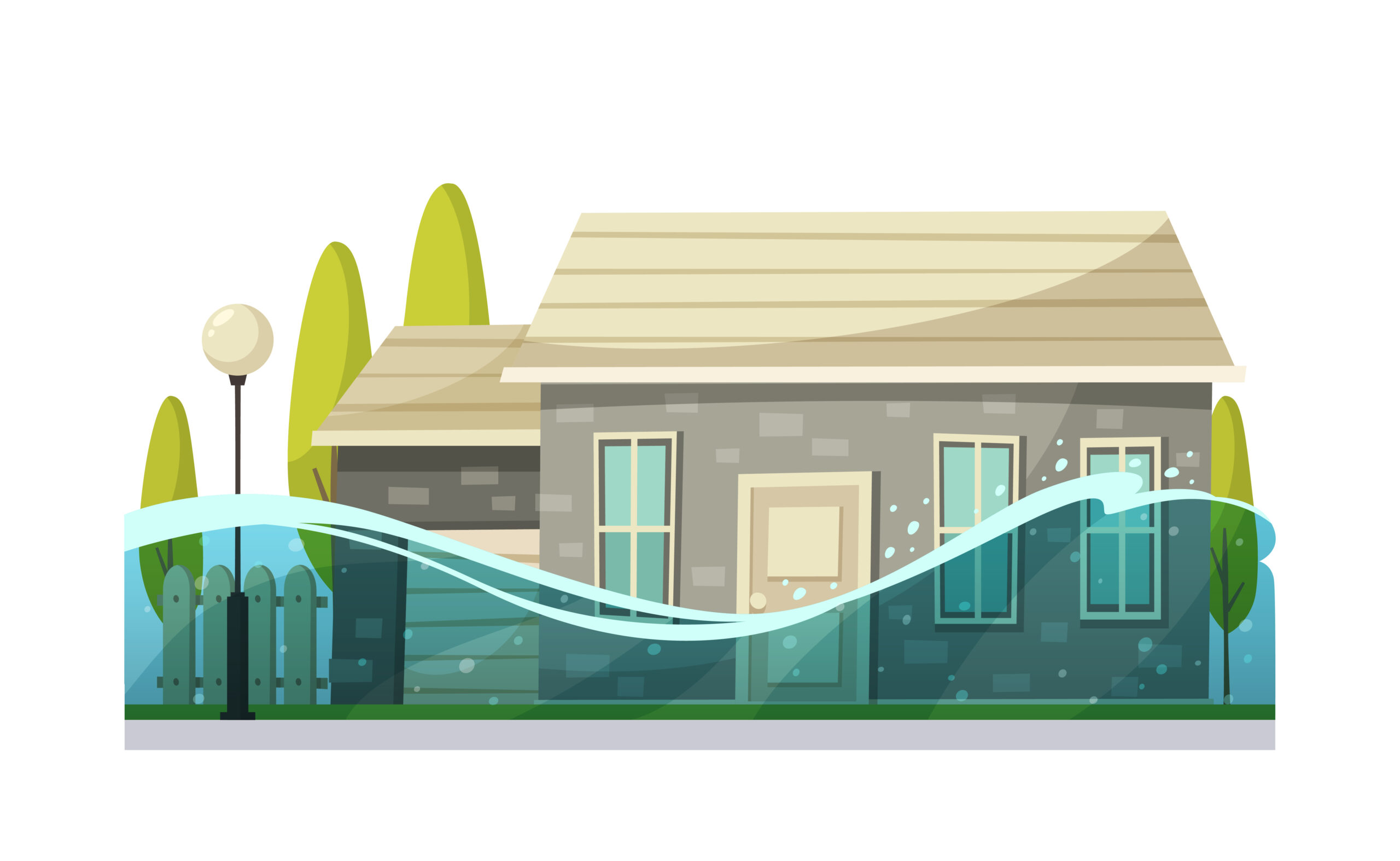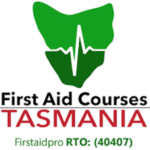First aid guide on flood preparedness: Flood ranks the second most deadly natural disaster in Australia after heatwaves. From late February to early April, certain parts of the country often endure intense weather systems that may lead to record rains and flooding.
The best way to deal with floods and its consequences is to be prepared. Keep reading to understand what flood is and what are the key things to remember if impacted by a flood.
What Is Flood?
Flood is a natural disaster that occurs when an area is submerged in water, typically as a result of heavy rain, melting snow, or a rising body of water such as a river or ocean. It can occur in several states and many different types of environments, from coastal regions to urban areas, and can impact individuals, communities, and entire regions.
Some areas in Australia are particularly prone to flooding, including coastal regions and low-lying areas near major rivers. The result can be devastating – such as property damage, displacement of people, and loss of life.
6 Common Accidents During A Flood
Accidents and injuries are common during and after the flood. Some of the health and safety threats may include:
1. Drowning
Drowning is oneof the most common and dangerous accidents that can occur during a flood.
People can become trapped in their homes, vehicles or carried away by the fast-moving water. Floods can also create strong currents that can be difficult to escape, even for strong swimmers.
In some cases, people may enter flood zones to try to save others or to retrieve property, which can result in drowning.
2. Electrocution
Flood water can create electrical hazards, such as live electrical wires that have been submerged or come into contact with water. Touching a live electrical wire or appliance can result in electrocution, which can be fatal.
3. Cuts And Wounds
Cuts and wounds are common injuries during floods due to exposure to sharp objects or debris that may have been carried away by the floodwaters. In some cases, people may become cut by broken glass or sharp metal when trying to evacuate their homes or by sharp objects that have been carried away by the water.
4. Trauma
People can also sustain trauma injuries from falling, being hit by floating objects, or from attempting to navigate through fast-moving water.
5. Disease Outbreaks
Floods can spread illnesses, such as cholera, and other illnesses from contaminated water sources. It is because floodwater can become contaminated with sewage, chemicals, and other hazardous materials and can spread diseases to those who come into contact with it.
6. Hypothermia
Hypothermia is a condition that occurs when a person’s body temperature drops below the normal range. Hypothermia can be a risk during floods, especially when floodwaters are cold and people are exposed to the elements for an extended period of time.
With the possible causes mentioned above, it is important to prepare for potential flooding by having an evacuation plan in place, staying informed of weather and flood warnings, and taking necessary first aid measures to reduce health and safety risks.
First Aid Guide On Flood Preparedness
Here is a first-aid guide on flood preparedness.
First Aid Kit
Having a first aid kit on hand during a flood is important because it can provide essential supplies and resources for treating injuries and illnesses that may occur during a flood event. A first aid kit can include items such as bandages, gauze, antiseptic wipes, pain relievers, and other supplies that can be used to treat cuts, scrapes, and other minor injuries.
Additionally, a first aid kit can be a valuable resource in an emergency when access to medical care may be limited or unavailable. Having one on hand can help people to provide care for themselves or others in a timely manner, reducing the risk of complications or further injury.
DRSABCD
When a flood emergency happens, there is no time to start researching the proper way to respond. Therefore, it is important to learn in advance how to respond to emergency situations.
Following the “DRSABCD” acronym during a flood is important because it provides first aid in a timely and effective manner. The acronym stands for:
-
- D – Danger: assess the scene to ensure that it is safe for you to approach and provide first aid
- R – Response: check for a response from the person, and if they are unconscious, call for help
- S – Send for help: call emergency services, such as an ambulance, if needed
- A – Airway: check and clear the airway if necessary
- B – Breathing: check for breathing and start CPR if needed
- C – Compressions: perform chest compressions if needed
- D – Defibrillation: use an automated external defibrillator (AED) if available and appropriate
By following this framework, people can provide care quickly and effectively, reducing the risk of complications or further injury.
Prepare For Health Emergencies
Immediately after a sudden or forewarned flood disaster, while panic and total confusion still rule, we should keep calm and take control of the situation. First aid administered accurately and quickly will be very important for the victim’s survival.
Having the knowledge and skills to administer first aid can minimise the severity of injuries, provide relief from pain and discomfort, and potentially save lives. Quick and appropriate first aid can also improve health outcomes and reduce the strain on healthcare resources during a flood, ensuring that those with serious medical needs receive timely attention.
In short, learning first aid is essential for managing health emergencies during floods and improving outcomes for those affected.
Learn First Aid
Floods are among the most frequent and costly natural disasters, which can cause property damage, displacement of people, and loss of life. Learn what to do to keep you and your loved ones safe by knowing first aid.
Knowing first aid during a flood event can help to provide essential supplies, peace of mind, and the ability to respond to emergencies, making it an important component of any emergency preparedness plan.
Book a first aid training with First Aid Course Tasmania and learn all the skills and knowledge needed in a flood emergency.
